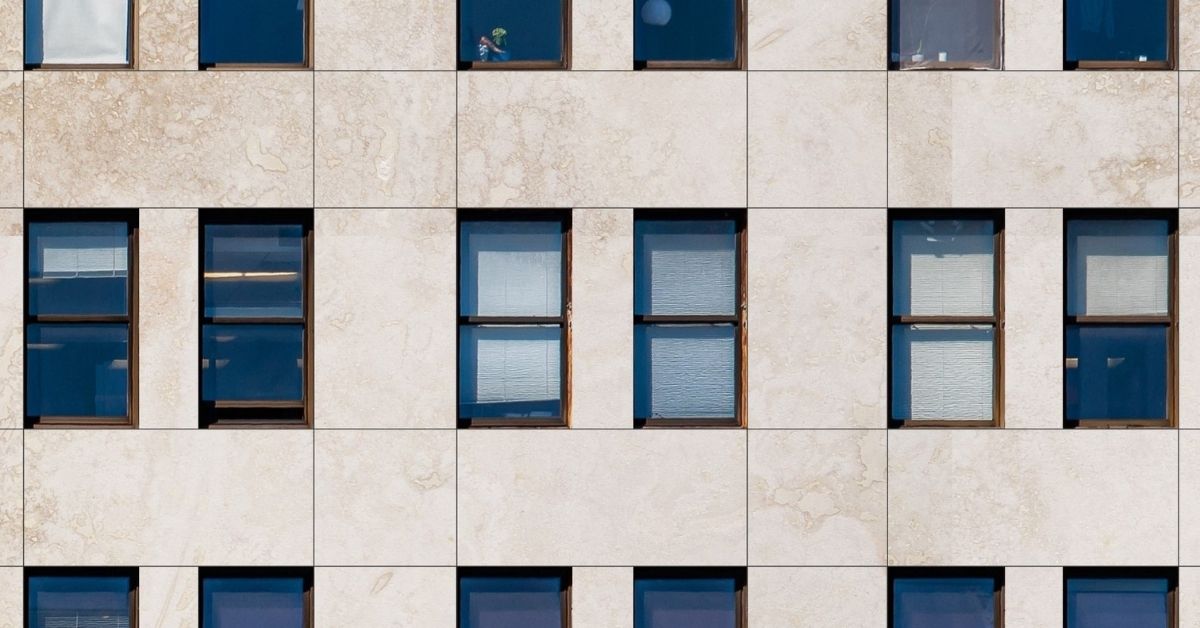With the approval of the Budget Law 2022, the spotlight is on the extension of the 110% Superbonus.
In fact, the incentive will be extended to 31 December 2022 for interventions on small houses and individual building units, while for apartment buildings the deadline will be 2025 but with decreasing rates.
The provisions of the Superbonus allow for a tax deduction of 110% of the expenses incurred in connection with interventions of:
- recovery of the existing building heritage under Article 16-bis of the Tuir, including earthquake-resistant buildings (Sismabonus);
- energy requalification of buildings under article 14 of decree-law no. 63/2013.
As this is a particularly favourable regulation, the specific requirements for obtaining the tax relief are the conformity certificate and the technical asseveration of energy efficiency measures by qualified technicians.
What it consists of
Deductions are recognised for documented expenses for the following types of interventions, which are considered to be driving forces:
- thermal insulation of vertical, horizontal and inclined opaque surfaces affecting the building enclosure with an incidence of more than 25% of the building's gross dispersion surface, thus including roof insulation;
- replacement of existing winter air-conditioning systems;
- earthquake-proofing operations.
With regard to the properties that the superbonus can be granted to, this applies with reference to interventions carried out also on public residential buildings, an opportunity for the energy requalification of a large part of the Italian building heritage.
Thermal insulation of building enclosures as a leading intervention
Expenditure on thermal insulation of vertical, horizontal and inclined opaque surfaces that affect the building enclosure by more than 25% is deductible at 110%.
The 110% tax deduction is calculated on an expenditure ceiling of:
- 50,000 euro for single-family buildings or terraced houses;
- 40,000 euro multiplied by the number of building units in buildings with two to eight units;
- 30,000 euro multiplied by the number of building units in buildings with more than eight units;
Interventions to access the Superbonus must:
- meet the minimum requirements on the energy performance of buildings, i.e. comply with the thermal transmittance “U” requirements (dispersed thermal power per square metre of surface area and per degree Kelvin of temperature difference), expressed in W/sqmK, defined by the decree of the Minister for Economic Development of 6 August 2020;
- to ensure overall improvement by two energy classes or the achievement of the highest possible energy class;
- be made with insulation materials that comply with the Minimum Environmental Criteria (CAM) set out in the Ministerial Decree of 11 October 2017.
With regard to the maximum transmittance values allowed for access to deductions for thermal insulation work on vertical walls, Annex E of the Ministerial Decree of 6 August 2020 sets 0.38 W/sqmK as the threshold for Climate Zones A and B, 0.30 W/sqmK as the threshold for Climate Zone C, 0.26 W/sqmK as the threshold for Climate Zone D, 0.23 W/sqmK as the threshold for Climate Zone E, 0.22 W/sqmK as the threshold for Climate Zone F.
Therefore, the choice of the material to be used plays a fundamental role, since, in addition to meeting thermal and environmental requirements, it must guarantee excellent durability and reliability performance, especially in large apartment complexes.
Thermal cladding: the advantages of the dry solution
As part of a renovation project which will benefit from the Superbonus tax deduction, the façade cladding project must be approached with a view to fully meeting the performance requirements of the regulations, and the benefits of a “dry” mechanical cladding must also be carefully evaluated:
- natural breathability of the wall;
- atmospheric protection;
- thermal insulation with the introduction of an insulation panel.
The choice of the right solution and material can often play a key role in optimising both design and construction time.
Within the panorama of façade thermal insulation materials, which not only achieve high performance standards, but also meet the requirements of rapid construction and design flexibility, we find Isopan's ADDCross panel system.
In terms of performance, ADDCross is a system that has the sandwich panel as its insulating performance core with polyurethane mass. It is a product that boasts high energy efficiency performance characteristics in residential use. The LEAF polyurethane solution offers the highest performance in relation to thickness, with fire reaction class Bs1d0.
Thanks to the outer cladding, it guarantees weather protection and long-lasting performance.
With regard to optimising installation, all elements of the ADDCross system are assembled dry on site and the adhesive parts are pre-assembled in the factory through certified and guaranteed processing chains with controlled temperature and humidity ranges, without any dust. As a result, installation times are speeded up, making it possible to limit the space occupation time of street scaffolding in energy efficiency work on existing residential buildings.
ADDCross: the building's new thermal skin
ADDCross includes customisable types of solutions, to offer systems that can be adapted to any project. The wide range of claddings makes it possible to meet any performance requirement, as it includes natural or synthetic claddings with unique properties.
- GRES SKIN cladding: a thin, durable and elegant porcelain stoneware cladding.
Thanks to its reduced thickness (3.5 - 5.5 - 6 mm), it is characterised by ease of installation and handling.
- NATURAL SKIN cladding: consists of slabs of light, flexible, naturally split natural stone. Variations in colour, veining and texture are characteristic of natural stone. Thickness approx. 2 mm.
- CORK SKIN cladding: a cladding based on cork, a natural resource with excellent insulation properties, which is elastic, non-toxic and waterproof. The 80% cork is blended with environmentally friendly water-based resins and supplied in semi-dense, ready-to-use form.
- CONCRETE SKIN cladding: consists of slabs based on autoclaved Portland cement with cellulose fibre and sand additives. The system allows for facades with visible joints, curtain walls, ventilated facades.
- IN-HPL cladding: is a homogenous panel consisting of 30% thermosetting resins reinforced with 70% cellulose fibres pressed under high pressure and temperature conditions. It does not retain dirt and prevents flaking (thickness 6 to 13 mm).
- SYNTETIC SKIN cladding: consisting of synthetic films directly applied to the metal surface of ADDVision panels. The main characteristic of this cladding is the protective capacity of the synthetic layer against the metal sheet, protecting it from the corrosive action of chemicals in the environment.
The benefits
The thermal insulation solution with a mechanical cladding laid “dry” can be the key for interventions on vertical opaque walls within the Superbonus panorama.
Especially in the current period when there is a race to get things done on time.
The combination mechanical cladding with the ADDCross system makes it possible to achieve:
- thermal insulation: sandwich panels laid as a “dry” cladding provide excellent thermal insulation performance using LEAF technology. In the summer you will have cooler temperatures indoors while the heat of the structure will be preserved in winter. The transmittance value “U” required by the standard is met.
- acoustic insulation: the structure is insulated from its surroundings;
- fire protection: the entire system is in fire reaction class B s1 d0;
- resistance to weathering: high-quality metal claddings carefully chosen by Isopan;
- off-site pre-assembly: maximum safety of parts glued in the factory with a guaranteed and certified supply chain;
- reduced consumption: more insulation and less heat loss means reduced consumption for the operation of winter and summer air conditioning systems;
- eco-sustainability: polyurethane panels produced using LEAF technology and environmentally friendly materials certified by the DECLARE label.
- Contained stratigraphy of the insulation package: with the same thermal-acoustic performance, the ADDCross system is the 'slimmest' package in the segment of ventilated facades and coats. This means avoiding costs for adapting fixtures already in place.
The features have a positive effect not only on the structure of the building itself, but also on its economic market revaluation.
Discover the ADDCross dry system solutions to maximise the potential of incentives for thermal insulation of opaque vertical walls.


